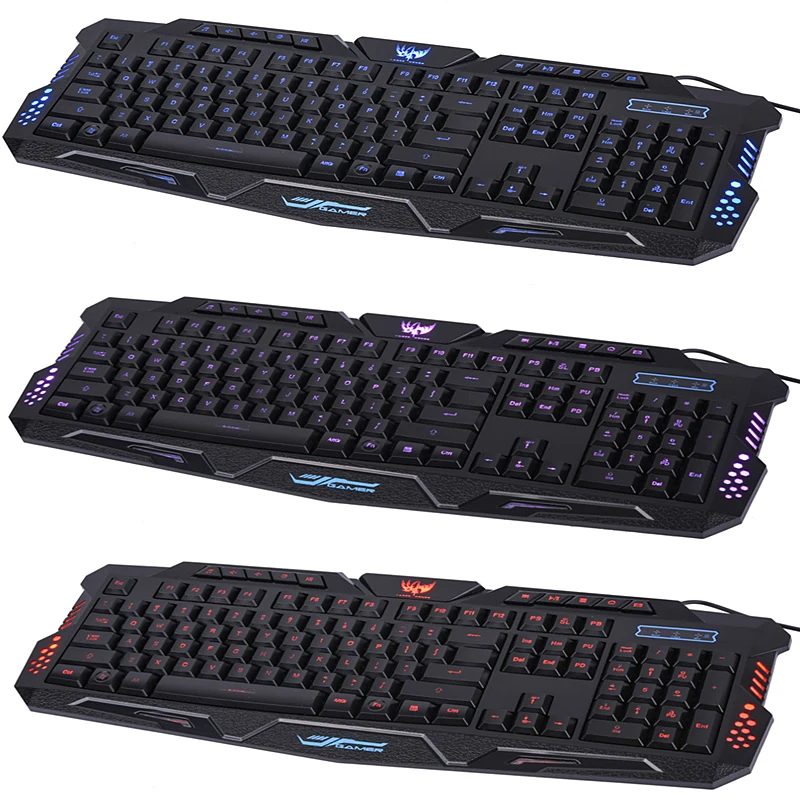

Depending on your working environment, you may also want backlighting for the keys. In such a case, it's essential to find out if the computer has an option to swap the media hotkeys for F-keys. Though the F-keys F1–F12 are barely in use these days, you may still want to use them without a combination for programming. Many laptops today combine them with other keys like the arrow keys and can only be accessed by pressing them in combination with the Function key. For example, if your work involves a lot of writing or text manipulation, you may want standalone keys for cursor navigation functions like Home, End, Page Up, and Page Down. It really helps to examine the laptop keyboard for keys you believe are essential for you and your type of work.

The accuracy of your keystrokes is further improved if the keys are concave in shape instead of flat because the light dimple helps your fingers find the centre of a key without looking down at the keyboard. Any laptop with a screen size of 11.6 inches or more should feature a full-size keyboard. A 'full-size' keyboard is what you should aim for in your next laptop. The size of the keys on a laptop's keyboard is important because it is directly proportional to the accuracy of your keystrokes. So, if you foresee a lot of typing on your next laptop, I urge you to consider these points: Some of them can be uncomfortable and ungainly for anything more than the occasional push of Ctrl + Alt + Del. Sadly, not all laptop keyboards are meant for typing at length.

No matter how far voice input has come, the keyboard still remains one of the most essential input methods on a computer.


 0 kommentar(er)
0 kommentar(er)
